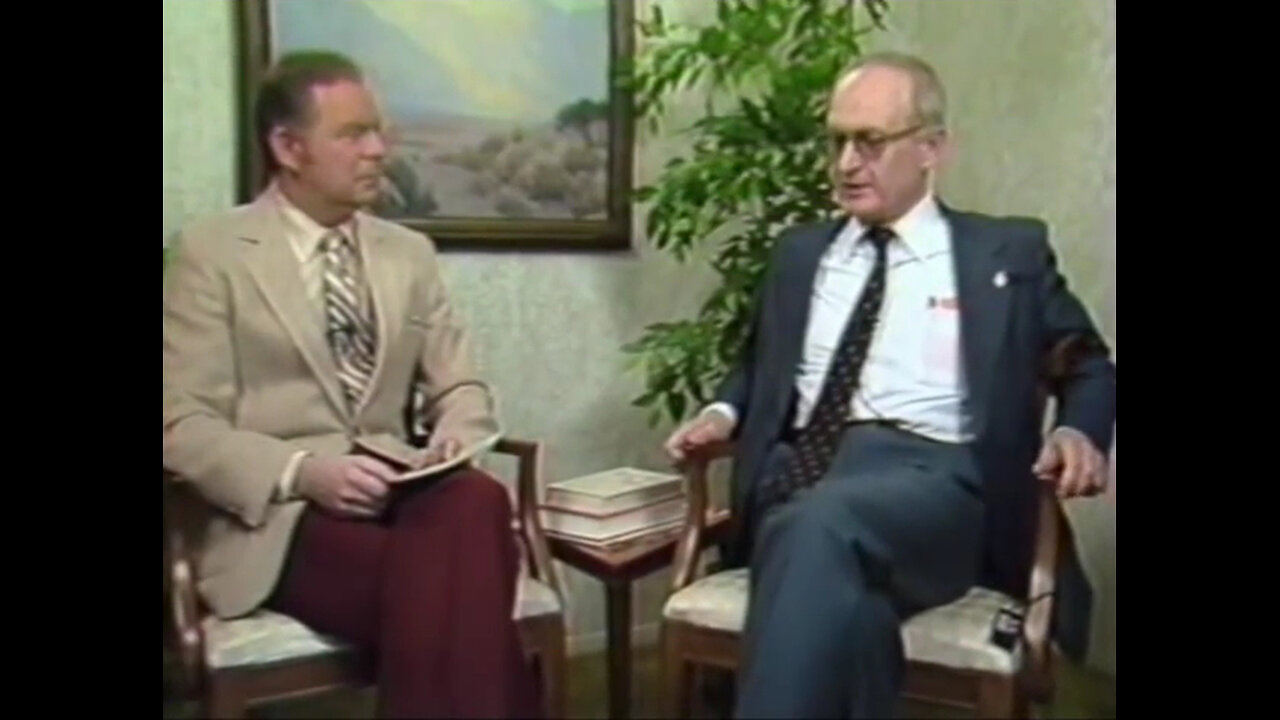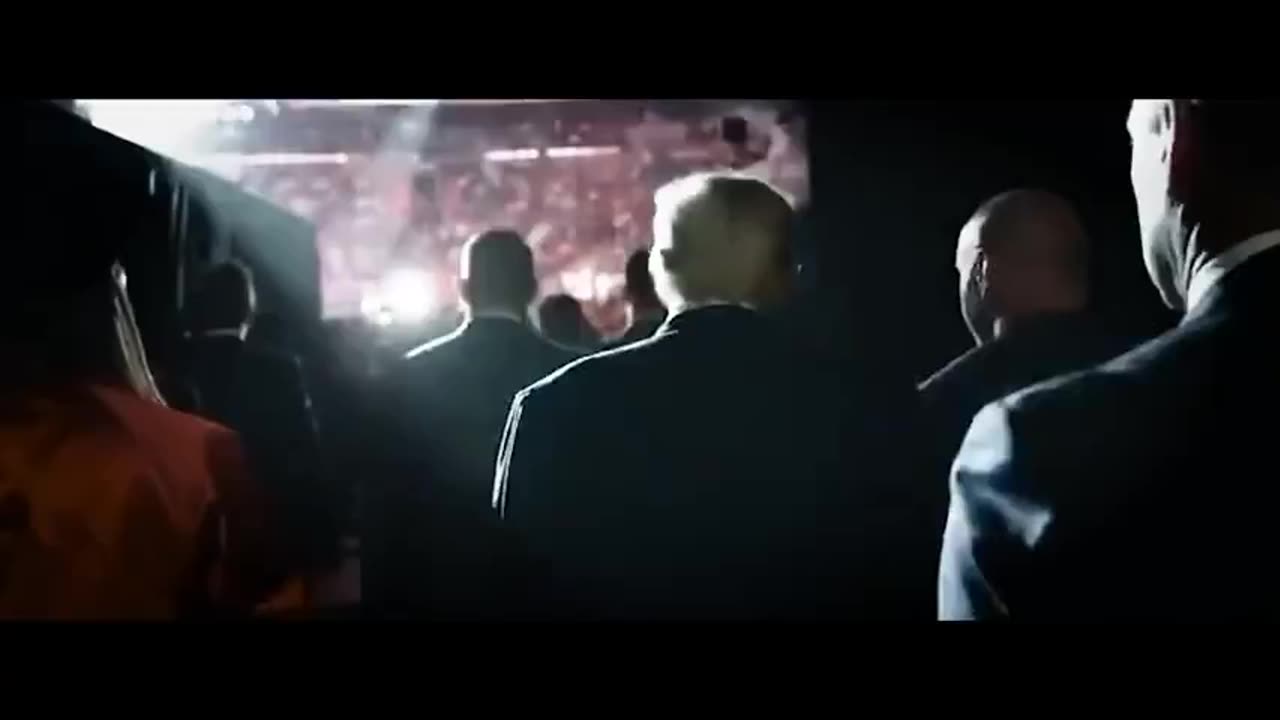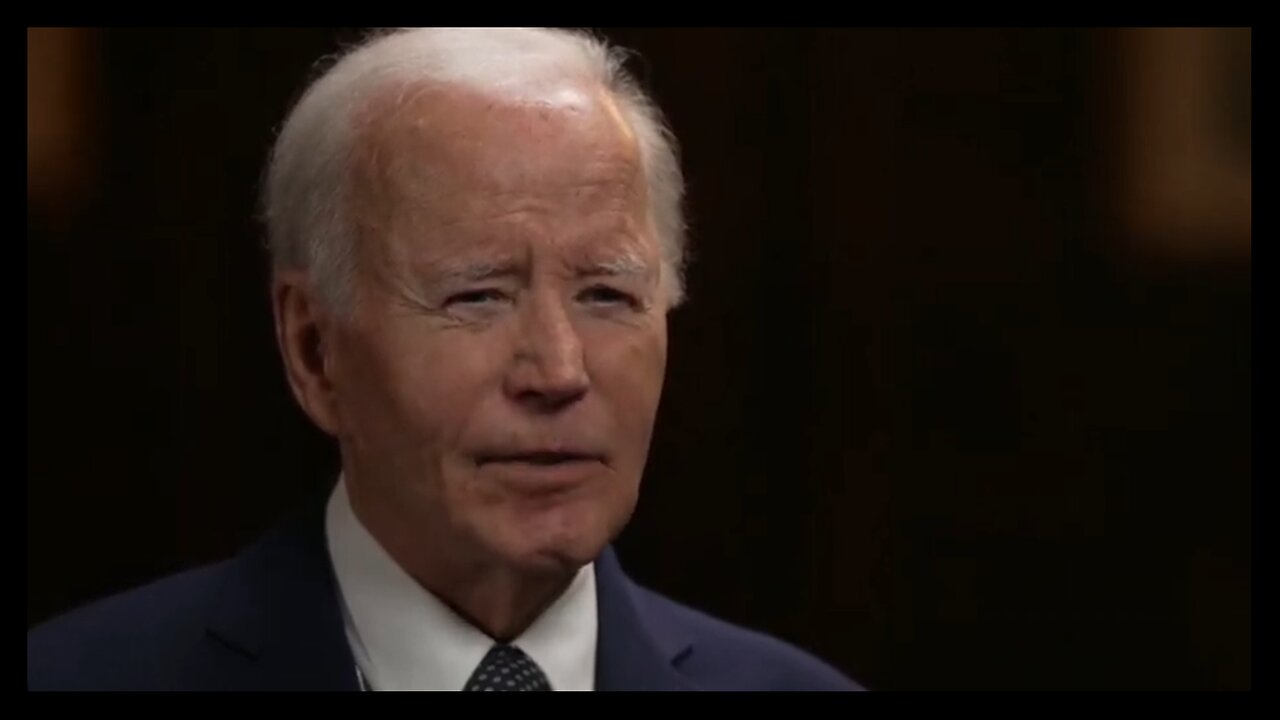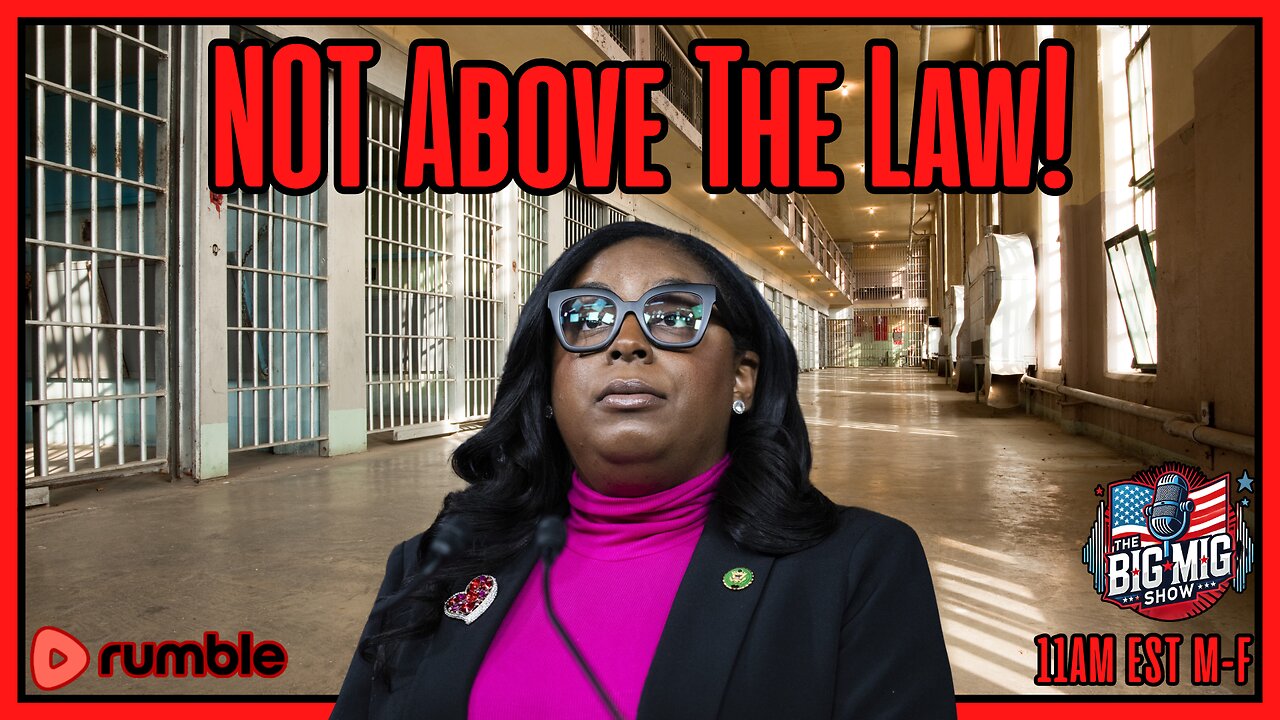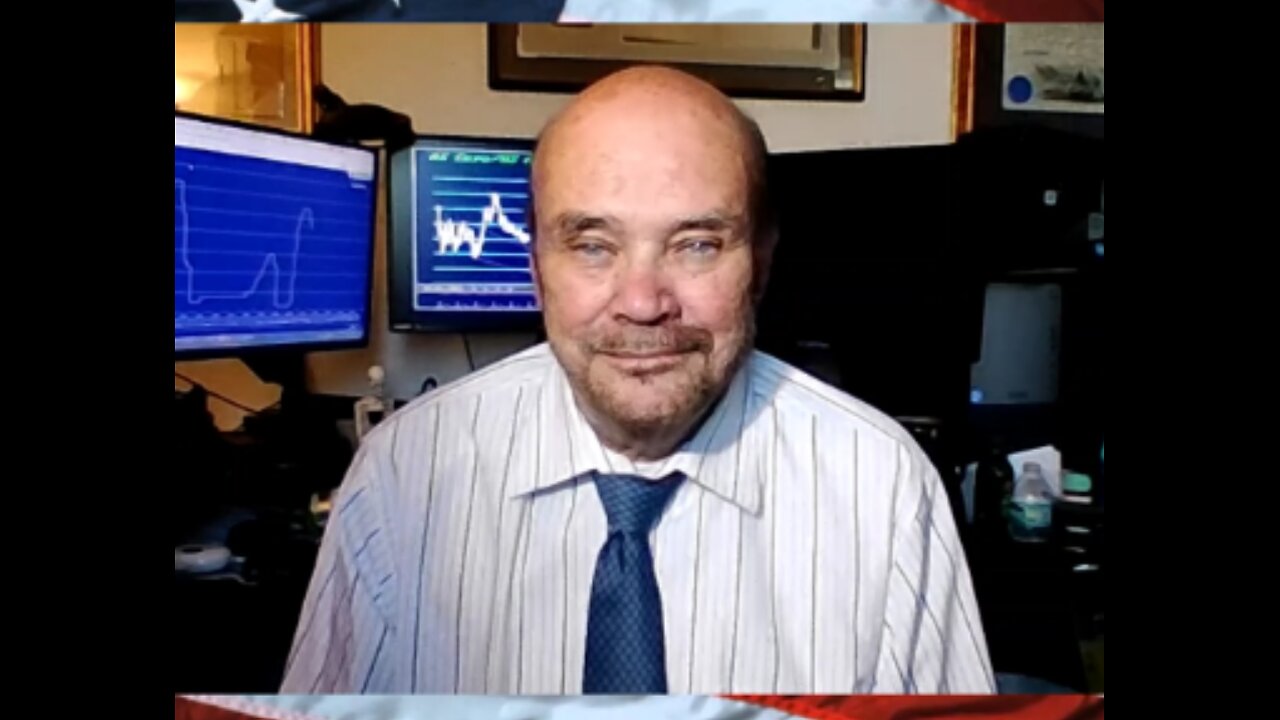Hope In, Through, And From Miracles — And The Miraculous In Peterson’s ‘Gospels’

As Jesus embarked on his ministerial journey, word of his miracles spread throughout the Holy Land. The accounts of his miracles have since filtered through time and across the world to the point we are still discussing them today. To what degree does spiritual healing change and positively impact an individual’s day-to-day life? How do the stories of Jesus physically healing the sick relate to our society’s need for its own type of healing today? How would witnessing these events, on a micro and macro level, affect a soul in search for rescue? Dr. Jordan B. Peterson, surrounded by nine other scholars, leads a conversation about these questions in the third episode of “The Gospels.” And the tabletalk is real. Each member of this group takes up their knowledge, devoid of pretentious facade, as they vulnerably talk of Jesus’ miracles applicability to life in the present day and age.
To imaginatively place yourself in the Holy Land during the early stage of Jesus’ ministry is a curious notion. Imagine hearing by word of mouth that a man in the town where you live is performing outright miracles. This is a tiny town of maybe 1,500 people — where people move to get away from social media, television, email, and phones in general. It is a place devoid of electronic communication, yet the rumor slowly spreads, ever so gradually. You hear it from a neighbor, from a friend, from conversations spoken in whispers on the dirt road you walk. A man’s son is sick to the point of death, but he recovers his health. A crazed man becomes instantly sane. A man with a deadly skin, nerve, and respiratory disease is healed in an instant.
Then, you find yourself in the right place at the right time to see the rumor turn to reality before your very eyes. From a short distance, you see a crowd clambering around this man, pressing in on him. Some hope to be healed; some hope to see healings. A window through the horde of hopefuls forms, and you catch a glimpse of him. Surrounded by this small mob, the man simply touches the sick, and they are healed in that moment. What would you think? What would you do? How would seeing the miraculous affect you?
Perhaps witnessing a miracle would make clear the path of your life as an individual moving throughout the world. Perhaps it would, in some way, alleviate the pressural pursuit of wealth, pleasure, power, or honor. As the group recounts Jesus’ travels through Samaria, they discuss Jesus’ meeting with the woman at the well. Here, Jesus essentially announces himself as the source of salvation — the Living Water. Rather than continue to pursue counterfeit satisfaction in the four substitutionary (and earthly) pursuits, Jesus offers an opportunity away from contagious rhythms through a relationship with Him. This cyclical nature of unending and ill-begotten pursuits has a universal appeal. Bishop Barren posits that this is where hope enters in, because, “At the well, I meet Jesus — if I have eyes to see.” In other words, Jesus is the escape from the trap of pursuing meaningless accolades that never truly satisfy.
WATCH JORDAN B PETERSON’S THE GOSPELS ON DAILYWIRE+
Perhaps watching a miraculous occurrence in real life would unveil the beauty of community. In their discussion, Jordan makes the point that Christ represents a sacrificial offering that paradoxically returns everything in abundance, including the pathway forward to life. Community is founded on this relationship — of giving and receiving. And as Douglas Hedley mentions, Christ gave expression to a philosophical universalism with imaginative power, vision, and spiritual sincerity. His sacrificial teachings, actions, and being itself represents community.
But perhaps seeing a miracle performed in real life would bring clarity to your role as an individual within the greater context of society. During the time Jesus walked the earth, philosophy had shifted to focusing on the human as a part of the cosmos. In other words, particular significance was given to the individual in relation to the universal. How unique a time for Jesus to come to earth and illuminate a philosophy already in vogue. In the present day, Jordan has tailored his teachings in this way, advocating for individuals to set themselves in order before criticizing the world. Societal healing begins on the level of the individual.
“The question of miracles is fascinating,” Dennis Prager says, continuing, “Obviously, they’re miracles within the framework of the world as it exists because they’re suspensions of the natural in some way.” But the miracle of the universe, the presence of life itself, and the existence of consciousness is all miraculous, Prager contends. As the group reads the biblical stories of Jesus’ miraculous physical and spiritual healings, the topic of faith organically makes its way into their discussion — as founding belief and fostering faith was part of Jesus’ point in performing these miracles.
“What do you make of this miraculous healing and its constant repetition throughout the text?” Jordan inquires of the religiously diverse group of scholars. Before they answer, he defends the text through a psychological lens, implicitly demonstrating the masterful purpose in bringing nine voices to surround this table. Each offers a certain area of specialization alongside a particular religious perspective. When one man poses a question based on a passage, another answers with, sometimes obvious, indications of their background. This, then, is followed by a comment from another that steers — and sometimes entirely redirects — the conversation back to the biblical text.
Why the need for such steerage or redirection? The answer is obvious in the third episode. Obvious are the varied interpretations of the text, which, as John Vervaeke points out, gives it a surplus of meaning and makes evident its sacredness. But where does the interpretation end? At this, Jordan asserts his hopeful purpose of this seminar: to specify the symbolic relationships encoded in the text. Jesus’ interaction, for example, the woman at the well was to give her hope in this life and of the next, but that was not his sole intention.
What else did Jesus intend to communicate symbolically through the Living Water he offered her? What else did Jesus intend to communicate by performing healings? What else did Jesus intend to communicate by fulfilling Old Testament prophesies of the Messiah’s coming? Jordan wants to discover those answers. “I’ve been thinking we’re on the verge of something like computational epistemology,” he says — intending that meaning is not arbitrary. Tradition brings meaning to the forefront, making the most potent and actual relationships within the text not merely interpretive but, rather, reflective of meaning.
When Jordan began his investigation into the Bible, he did so with humble curiosity, professing he came to it not knowing what he was doing and not having “a prior presumption of my superiority in any manner to the text.” He continues, “Now, that doesn’t mean I had any real attitude towards it except what in the world is this? And perhaps there’s something I can learn from it.” He has, both implicitly and explicitly, taught others during his own learning process — with a keen sense to aim at the highest.
While the group often has differing ideas, one consensus is clear: Jesus’ miracles go beyond supernatural events (as if that would not be a fine stopping point). They are stories that teach of healing the individual and society — stories still teaching us today should we so choose to investigate them with curiosity and expectation.
Originally Published at Daily Wire, Daily Signal, or The Blaze
What's Your Reaction?
 Like
0
Like
0
 Dislike
0
Dislike
0
 Love
0
Love
0
 Funny
0
Funny
0
 Angry
0
Angry
0
 Sad
0
Sad
0
 Wow
0
Wow
0






